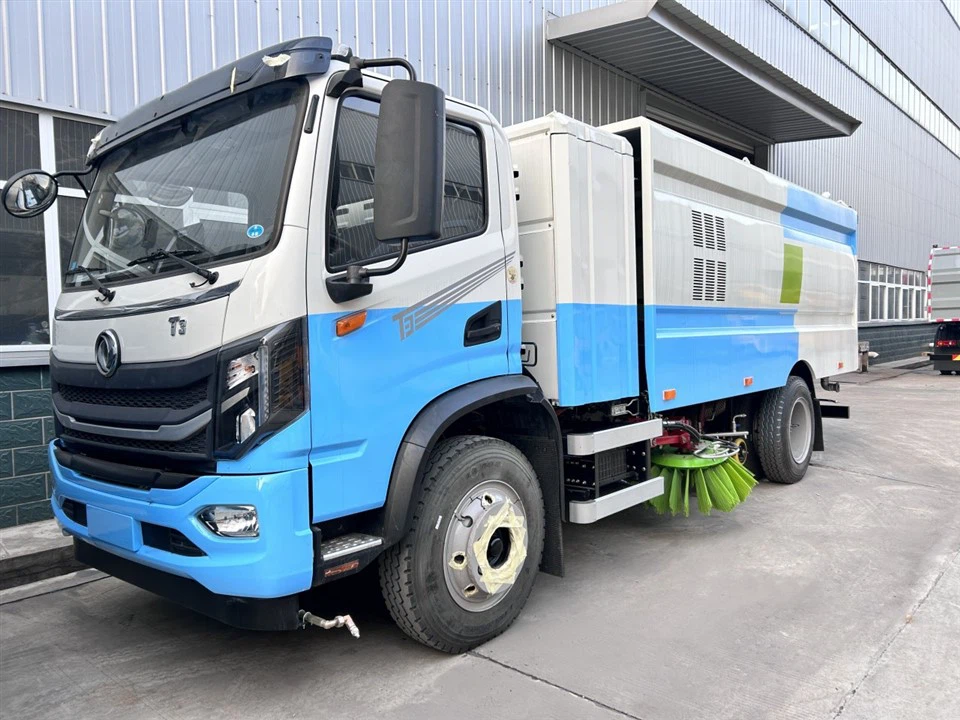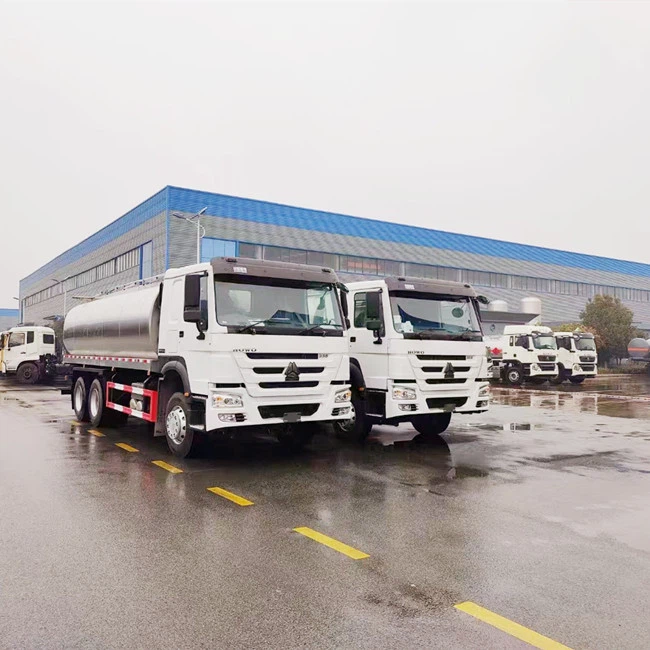Complete Guide to Garbage Truck Models

Introduction
Garbage trucks play an essential role in waste management and sanitation in urban and rural environments. Various models and designs cater to different waste collection needs, from residential pickups to large industrial waste disposal. In this comprehensive guide, we will explore the different types of garbage truck models, their features, specifications, and the advantages they bring to waste management. By understanding the diverse range of available models, you can make informed decisions whether you are a municipality, a private waste management company, or simply interested in the waste management industry.
Types of Garbage Truck Models
1. Front-Loading Garbage Trucks
Front-loading garbage trucks are designed for commercial waste collection. They feature a large container at the front where garbage is loaded. These trucks are ideal for businesses, large apartment buildings, and public facilities.
- Advantages: Efficient in loading and unloading, compact design, easy to maneuver in tight spaces.
- Common Uses: Used in commercial settings for frequent pickups.
2. Rear-Loading Garbage Trucks

Rear-loading garbage trucks are the most common design used for residential waste collection. They have an opening at the back where waste is loaded by workers manually or via automated arms.
- Advantages: Flexible collection methods, often includes a compactor to reduce waste volume.
- Common Uses: Ideal for residential neighborhoods and small commercial areas.
3. Side-Loading Garbage Trucks
Side-loading garbage trucks can operate automatically or manually to pick up waste. They have a side opening where the waste is loaded onto the truck. These trucks are designed to increase efficiency and minimize manual labor.
- Advantages: Reduced labor needs, safer operations for workers, easy route navigation.
- Common Uses: Used primarily in both residential and commercial waste collection.

4. Compactor Garbage Trucks
Compactor garbage trucks have built-in compacting mechanisms that crush and compress waste materials to maximize capacity. This helps reduce the number of trips required for disposal.
- Advantages: Increases waste capacity, fewer trips to landfill, reduces fuel consumption.
- Common Uses: Ideal for collecting high-volume waste like from construction sites or large events.
5. Roll-Off Garbage Trucks
Roll-off garbage trucks are specialized vehicles that transport large open-top containers (roll-off containers). They are commonly used at construction sites or for large clean-up projects.
- Advantages: Excellent for large volumes of waste, versatile for various waste types.
- Common Uses: Ideal for commercial waste and construction debris.
6. Vacuum Trucks
Vacuum trucks are used for liquid waste collection, such as sewage, industrial waste, or hazardous materials. They utilize suction to collect waste and store it in a tank.
- Advantages: Effective for liquid and semiliquid waste, specialized for hazardous material management.
- Common Uses: Primarily used in industrial and municipal cleaning.
Key Features of Garbage Truck Models
1. Capacity
Garbage trucks vary in size and waste capacity. Capacity can range from 10 to over 30 cubic yards. Smaller models are suitable for residential use, while larger models handle commercial needs efficiently.
2. Fuel Type
Most garbage trucks operate on diesel, but there are models available that use compressed natural gas (CNG), electricity, or hybrid systems. CNG and electric trucks are becoming increasingly popular due to their lower environmental impact.
3. Automated Systems
Many modern garbage trucks employ automation, using hydraulic arms for lifting bins or containers. Automated systems help reduce labor costs and improve safety for waste collection workers.
Choosing the Right Garbage Truck Model
Selecting the appropriate garbage truck model depends on various factors, including your operational needs, budget, and local regulations. Consider the following tips:
1. Assess Your Requirements
Identify the types of waste you will be handling and the volume of waste produced. For instance, residential areas might require smaller trucks, while commercial waste outlets may require larger models.
2. Understand Local Regulations
Be aware of local waste management regulations to choose a model that complies. Some municipalities may have requirements related to emissions, noise, or operational procedures.
3. Budget Considerations
Consider both initial purchase costs and ongoing operational expenses. Evaluate financing options and potential for future resale value.
Practical Examples of Garbage Truck Models
1. Mack LR Electric
The Mack LR Electric is an innovative model that features zero emissions and is designed specifically for urban waste collection. Its compact size allows for easy navigation in crowded cities.
2. Peterbilt 520

The Peterbilt 520 is known for its durability and can be configured as a front-loader or rear-loader. It is equipped with advanced technology to optimize waste collection routes.
3. Koehring’s Roll-Off Truck
This model is designed for roll-off containers and is perfect for large construction sites needing flexible waste solutions. It includes an easily operable hydraulic system for lifting containers.
Operational Tips for Garbage Truck Usage
1. Routine Maintenance
Ensure regular maintenance checks on your garbage truck to prevent breakdowns and prolong its life. This includes oil changes, brake inspections, and monitoring tire pressure.
2. Training for Operators
Provide comprehensive training for operators on how to use the trucks efficiently and safely. Understanding operational limits and safety protocols can prevent accidents.
3. Efficiency in Routes
Plan waste collection routes strategically to minimize driving time and maximize efficiency. Utilize route optimization software to achieve better service delivery.
Environmental Impact of Garbage Trucks
1. Emission Standards
Garbage truck models must comply with strict emission standards to reduce air pollution. Operators are encouraged to opt for eco-friendly options, including electric and CNG models.
2. Recycling and Waste Diversion
Yes. Garbage trucks can be equipped to handle recycling materials separately, which helps municipalities in waste diversion efforts and improves recycling rates.
3. Community Engagement
Engaging the community in waste reduction strategies, including separation at the source, can significantly minimize waste generation and improve environmental outcomes.
Frequently Asked Questions (FAQs)
1. What types of garbage trucks are most common in residential areas?
Rear-loading garbage trucks are the most common in residential areas due to their adaptability and ability to efficiently collect waste manually or with automated systems.
2. How do garbage truck models differ from each other?
Garbage trucks differ in capacity, design (front, rear, side-loading), fuel type, and specific features like compaction systems and automation.
3. Are there environmentally friendly garbage truck options?
Yes, many manufacturers now produce eco-friendly garbage trucks that run on compressed natural gas (CNG), electricity, or hybrid systems, reducing emissions significantly.
4. What is the average lifespan of a garbage truck?
Typically, the average lifespan of a garbage truck ranges from 10 to 15 years, depending on maintenance, usage frequency, and the operating environment.
5. How can I choose the right model for my needs?
Consider your waste collection volume, type of waste, budget, and local regulations when selecting a garbage truck model to ensure it meets your needs effectively.
6. What innovations are coming to garbage truck technology?
Emerging trends include electric models, enhanced route optimization software, automated loading systems, and better emission control technologies to address environmental concerns.
